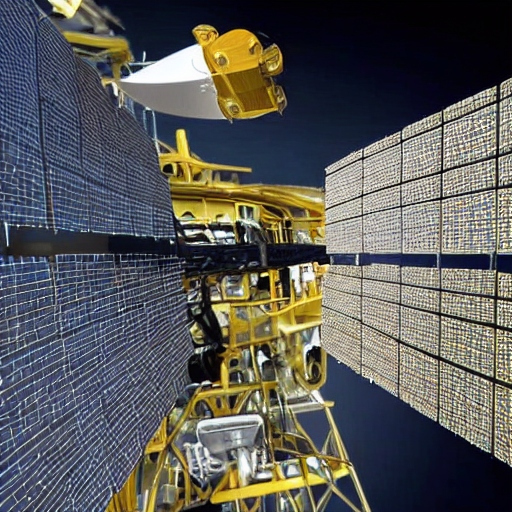Dr. Pawan Whig
Country Head Threws
Introduction
Satellite communication is a critical part of our modern world, providing us with everything from internet access to television broadcasts. As the demand for bandwidth continues to grow, satellite operators are turning to Ka-band technology to meet this need.
Ka-band is a frequency band in the microwave range, with frequencies ranging from 26 to 40 GHz. This band offers a number of advantages over other frequency bands, including:
Wide bandwidth:
Ka-band has a bandwidth of 3.5 GHz, which is much wider than other bands such as Ku-band (15 GHz) and C-band (5 GHz). This wider bandwidth allows for higher data rates and more capacity.
Small antennas:
The smaller wavelengths of Ka-band allow for the use of smaller antennas, which can be beneficial for mobile applications.
Improved performance: Ka-band signals are less susceptible to atmospheric attenuation than signals in other bands, which can improve performance in areas with high rainfall or snow.

Applications of Ka-Band Satellites
Ka-band satellites are used in a variety of applications, including:
Broadband internet access: Ka-band satellites can provide high-speed internet access to remote and rural areas.
Mobile backhaul: Ka-band satellites can be used to provide backhaul for mobile networks, helping to improve coverage and capacity.
Enterprise applications: Ka-band satellites can be used for a variety of enterprise applications, such as video conferencing, disaster recovery, and telemedicine.
Military applications: Ka-band satellites are used by the military for a variety of applications, such as communications, surveillance, and targeting.
Conclusion
Ka-band satellites are a key technology for the future of satellite communication. They offer a number of advantages over other frequency bands, making them well-suited for a variety of applications. As the demand for bandwidth continues to grow, Ka-band satellites will play an increasingly important role in our world.
www.threws.com

